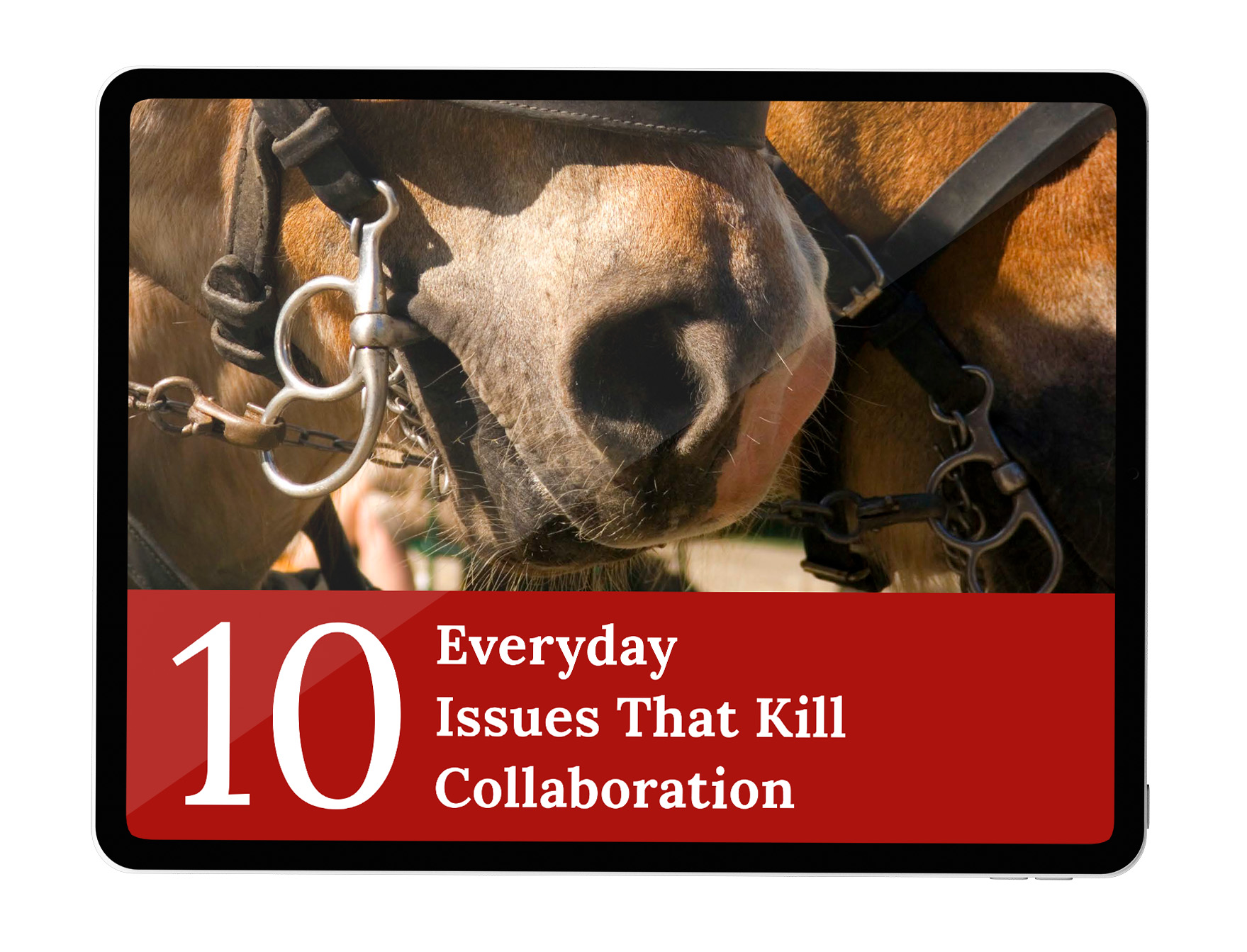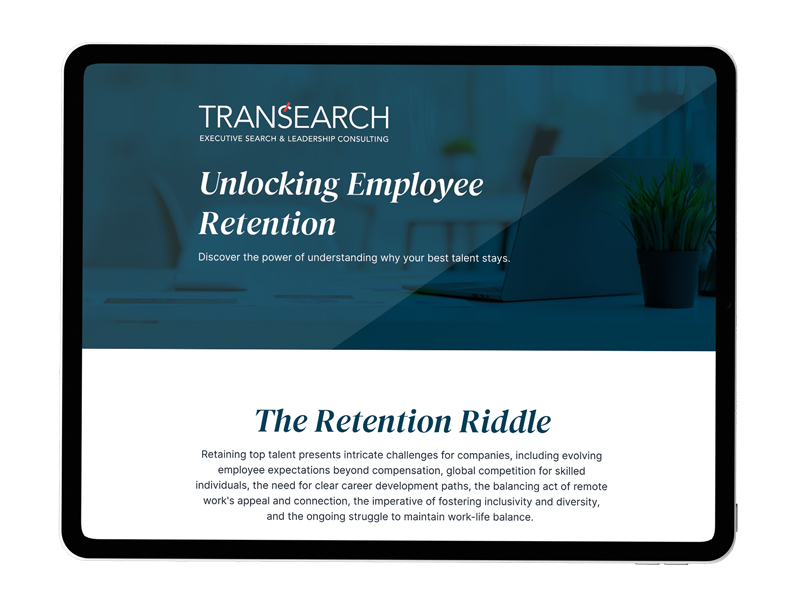So what can you do to advance DEI in your organization? The following are three proven strategies.
1. Attract and Keep Diverse Talent
There is a mountain of research that shows the extreme lack of diverse talent in leadership positions. Here are a few concerning stats. Only 8% of American CEOs are women. In the Fortune 500, there are less than a handful of black CEOs.
Changing these facts will require astute DEI recruitment and retention practices.
An essential early step is eliminating any bias in job descriptions. If your internal recruitment team doesn’t have the time or capacity to do this kind of work, enlist an external search firm. At TRANSEARCH, we offer talent scouting solutions that enable us to build a more diverse slate of candidates. For instance, if a business aimed to hire a woman of color for an executive position in the financial services industry, we have the resources to scout possible candidates from a global talent pool.
When interviewing candidates, highlight your DEI commitments and attributes. Fortune 100 companies, such as Allstate and CVS Health, are tying CEO compensation to meeting diversity metrics. If your company is doing anything like that, it has the potential to be a significant ‘pull’ factor for a candidate and a ‘stay’ factor for current workers.
Tech juggernaut Snap Inc. plans to increase women and underrepresented ethnic groups in tech roles and leadership positions by as much as 30% by 2025, exponentially higher than today. Again, showcasing these goals would embolden your company brand as a true practitioner of DEI, helping to find and keep diverse talent.
2. Embed DEI in your Culture
Executive teams are charged with developing company strategies. These, in turn, have an indelible impact on shaping the culture of an organization. That’s why it’s imperative for DEI to be embedded in the organization’s strategic plans and ingrained in multiple facets of the business.
We recommend establishing a DEI council led by members of the executive team, with representatives from each department. The council should meet regularly and develop DEI objectives aligned with overarching corporate goals and champion initiatives cascaded across the organization.
A DEI-focused culture will also be cultivated through specific policies and programs. For example, many companies are implementing equal pay across titles and positions and introducing gender neutral paid family leave. Google and Apple have abandoned four-year degree requirements, hiring for specific roles based entirely on skills and competencies. Think of the impact this has on the culture, the message it sends, and the doors of diversity and opportunity that this practice opens.
3. Measure Data and Share it
There is a timeless adage in the business world that says if you can’t measure it, you can’t manage it, and this applies to DEI. You need hard data to see what’s working and what isn’t and to share the information. This will help direct DEI activities and, importantly, show you’re transparent about it and accountable for the commitments you’ve made.
When appropriate, employees, executives, and other stakeholders, including external candidates in some instances, should be able to look at this data to see how you’re progressing. For example, data from the Brookings institution notes women and minorities are overrepresented in lower-paying jobs. If you’ve collected data in your firm that shows a similar finding, you can direct specific initiatives to change this trend. Then, perhaps after a year of collecting data on recruiting, hiring, and promotion, you can see if progress is being made, enact more programs, and communicate the findings.
Data collection and upfront, anonymous questioning yields actionable DEI intelligence. How many people from diverse backgrounds are being promoted? How many women are recruited for executive roles? Do employees feel appreciated, valued, and have a sense of belonging? Are people seeing their career aspirations come to fruition? Knowledge is power and with data gleaned from questions like these, you will have the ability to act on everything from DEI recruiting practices to career advancement initiatives.
We need to listen to what people want and simultaneously do what’s best for the organization. Building a diverse talent pipeline, together with DEI programs, processes, and policies and a culture that embraces inclusion, empathy, and opportunities for everyone will help address the talent shortage and inspire people to want to work for you. And ultimately, it will lead to more engaged, motivated, and productive employees.





































































